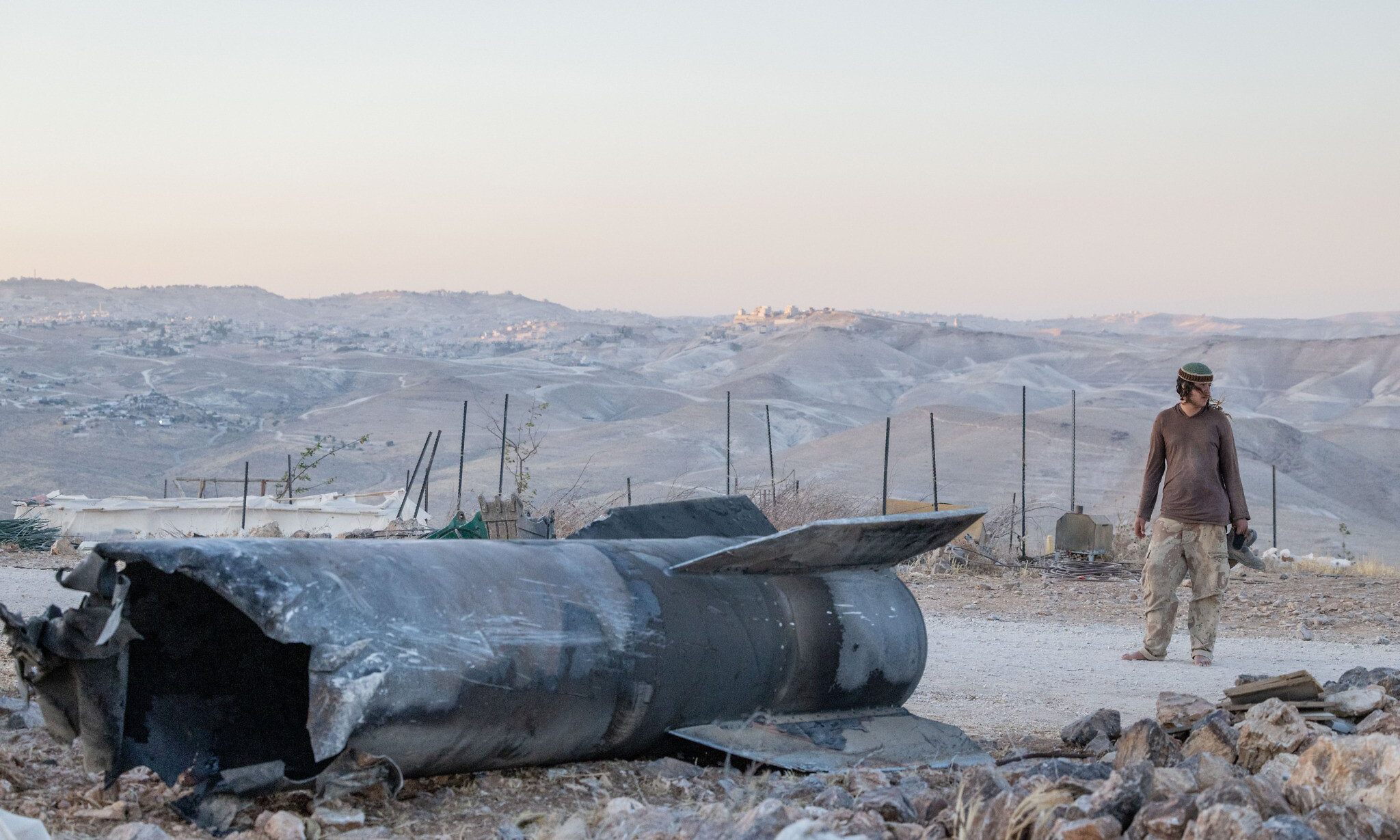Researchers at Oregon State University, specializing in open-source conflict damage assessment, released an analysis last week suggesting six Iranian ballistic missiles likely hit five Israeli military bases during the 13/6-24/6 conflict.
The Telegraph reported these six missiles were not among the 36 the Israeli Defense Forces (IDF) admitted had penetrated their defenses. The targets, located in northern, central, and southern Israel, included the key Tel Nof airbase, an intelligence center, and a logistics facility.
Researcher Corey Scher stated their team is conducting a comprehensive damage assessment for both sides, with results expected in about two weeks. He added that radar data tracks changes in structures and detects explosions. He emphasized the need for satellite imagery or on-the-ground data for confirmation.
 |
Locations of Israeli military facilities suspected of being hit by Iranian missiles during the 12-day conflict. Graphic: Telegraph |
Israeli officials reported significant industrial and civilian infrastructure damage from the 12 days of Iranian attacks, resulting in 28 deaths, but didn't address damage to military and intelligence bases.
The analysis also revealed that while most Iranian missiles were intercepted, the percentage bypassing Israeli air defenses steadily increased during the first eight days of the conflict.
During the initial barrage of hundreds of Iranian ballistic missiles on 13/6-14/6, only 2%-2.5% penetrated Israeli defenses. In the following days, with Tehran launching tens of missiles daily, the IDF's failure rate climbed, peaking at 16% on 19/6.
This was attributed to Israel's dwindling missile defense inventory, Iran's improved tactics, and their use of more advanced weaponry.
Public questions about potential hits on Israeli military bases during the conflict remained unanswered due to Israel's strict media control.
"Many Iranian missiles hit IDF bases and strategic locations, but we haven't been informed. This obscures the accuracy of Iran's strikes and the extent of the damage," noted prominent Israeli journalist Raviv Drucker.
The IDF declined to comment on interception rates or damage to military bases during the 12-day conflict with Iran. "What we can say is that all relevant units operated continuously throughout the campaign," an IDF spokesperson stated.
Iranian officials described their tactic of combining unmanned aerial vehicles (UAVs) with missiles to overwhelm Israeli interception systems. "The main purpose of launching suicide UAVs against Israel was to overload their air defenses. Many drones were intercepted, but they still caused disruption," an Iranian official told The Telegraph.
The conflict between Tel Aviv and Tehran erupted on the morning of 13/6 when Israel launched preemptive airstrikes against Iranian military and nuclear facilities, citing the prevention of nuclear weapons development. The two sides exchanged attacks before reaching a US-brokered ceasefire.
 |
An Iranian ballistic missile booster stage that landed in the West Bank in June. Photo: Times of Israel |
During the 12 days of fighting, Iran launched approximately 550 missiles and 1,000 suicide UAVs at Israel. Tel Aviv claimed to have intercepted most missiles, but 36 landed in populated areas, resulting in 28 deaths.
Iran reported over 900 deaths, including women and children, from Israeli airstrikes.
Pham Giang (via The Telegraph)












